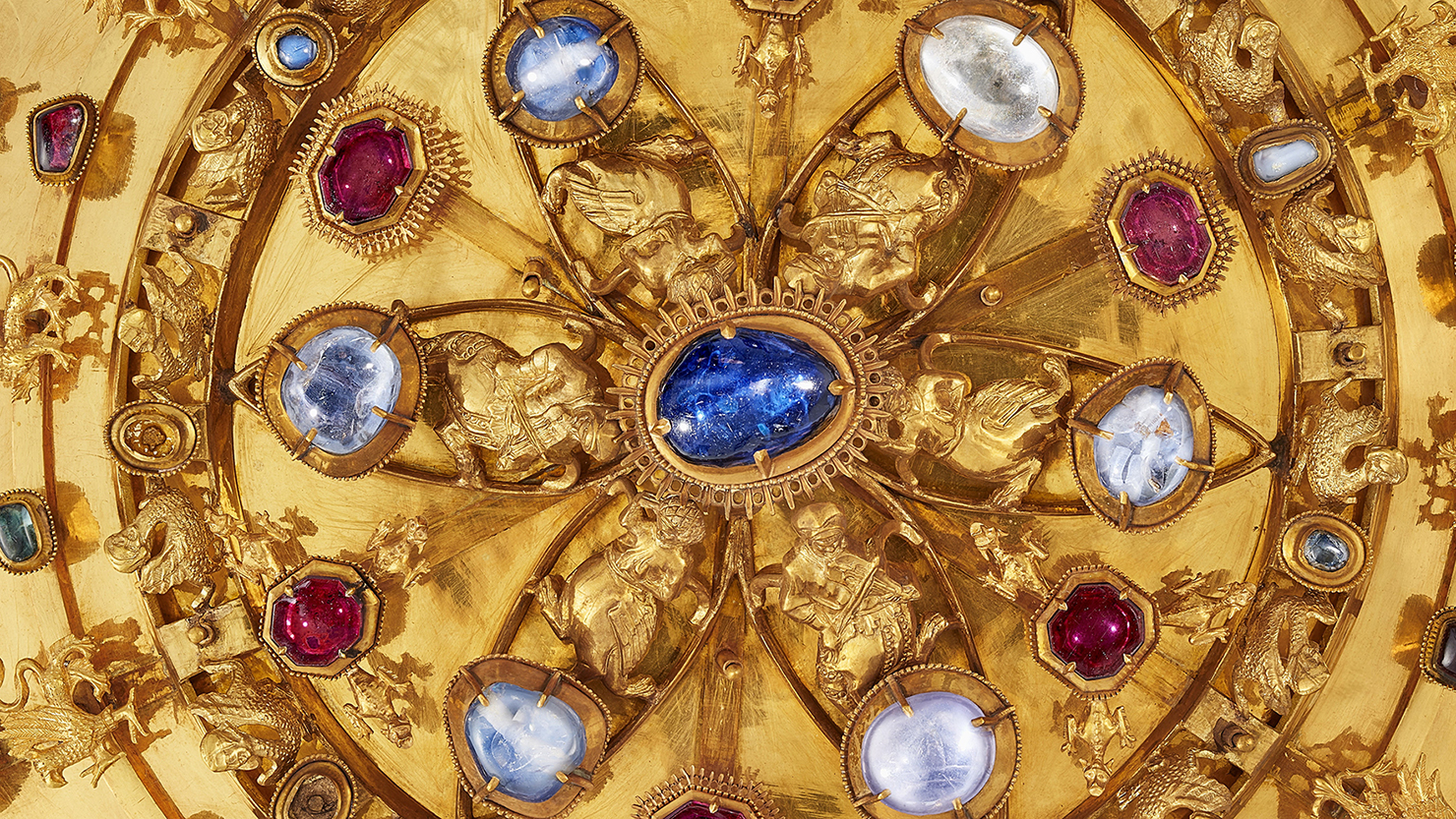Lesson Guidance
The Queen's BuckleLesson Guidance
Who do you believe?
14th Century?
Motala stream

The buckle found in Motala stream once belonged to a wealthy person, that much is evident. But what more could we say? This lesson gives the pupils an opportunity to explore historical sources and to critically reason about what the sources really can tell us about the buckle.
Connection to the curriculum
Knowledge requirements
- The student asks questions to historical sources, about what the sources can tell about the past and about the sources' relevance and credibility.
Social transformations: the emergence of civilizations and industrial societies
- Interpretation of historical sources and assessment of the relevance of the sources.
About the Lesson
The lesson can be done individually, but it may be easier for the students to reason about the texts in pairs. The purpose is to critically examine a number of texts about an object and to write a text.
Ask your students to read the introductory text and the source texts. They could also study the map, specifically if they are unfamiliar with the area to which the object has connections. The final task is to produce a short text about the object. You could help your students by asking questions such as:
- Is there any information that is recurring?
- Is there any information that seems incredible/strange?
- Why do you think that the text that NN has written is best/worst?
- Which place near the find site do you think the buckle came from?
- What do the places on the map have in common? (Answer: They are connected by lakes and streams.)
- What are the pros and cons of adding information that cannot be proven in a text?
- Should one add guesses or conjectures to a text about an historical object or event?
Materials: paper and pen or other writing implements for writing.
Time: max 60 minutes.